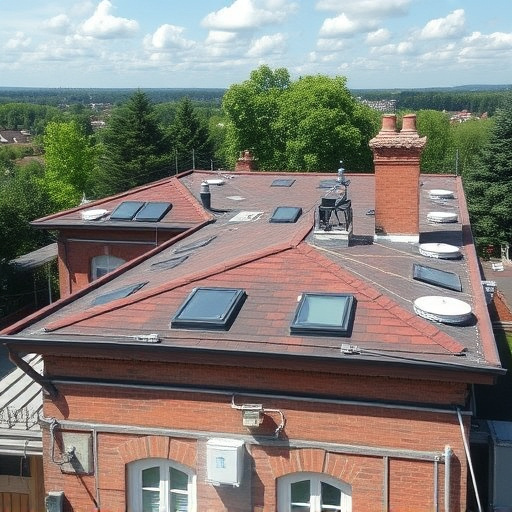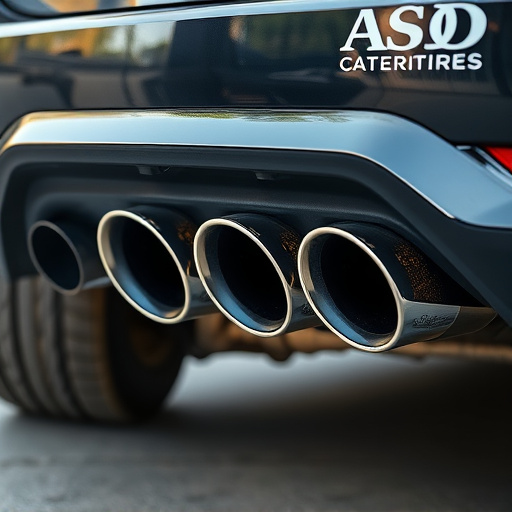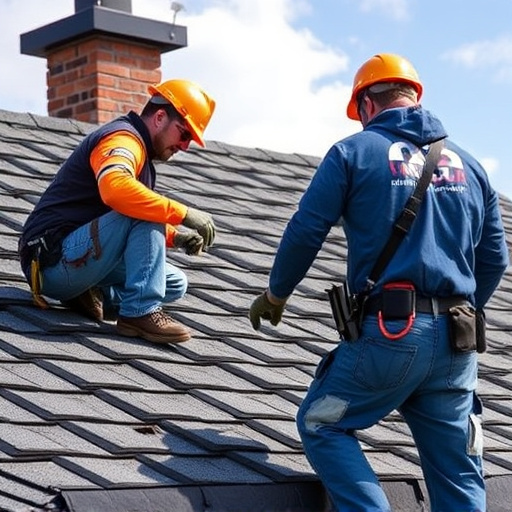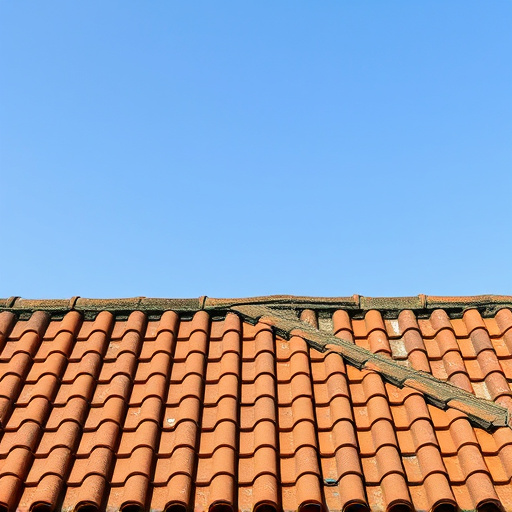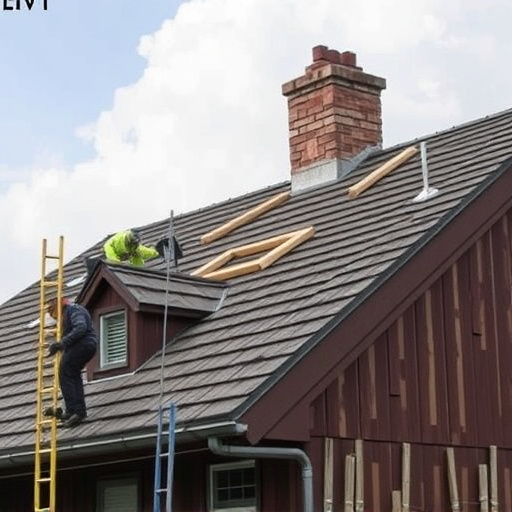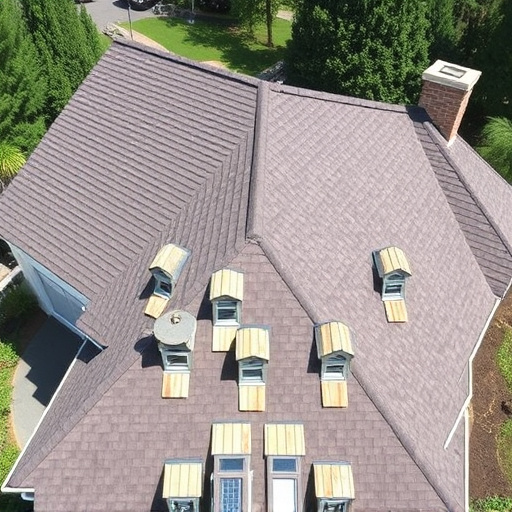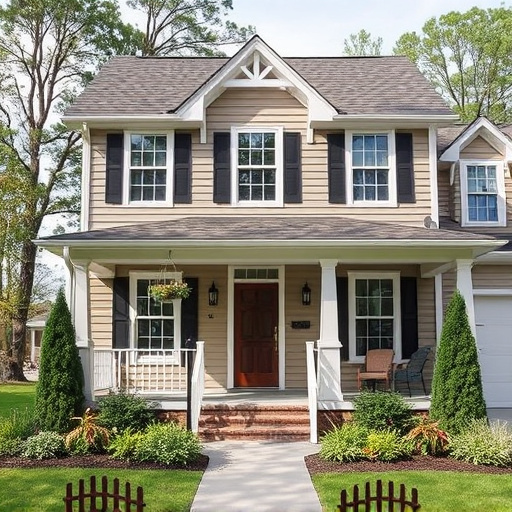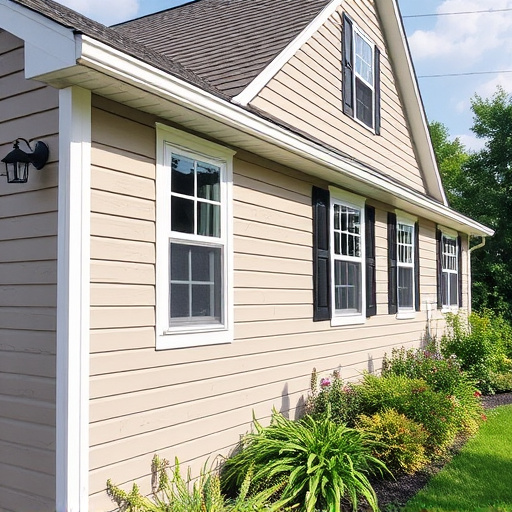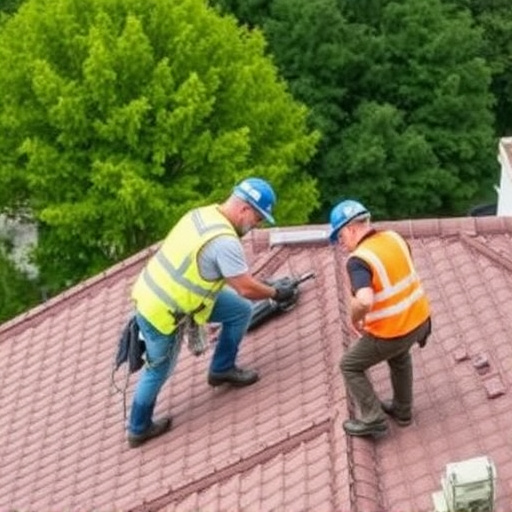When upgrading siding, choosing fire-resistant materials is crucial for both home and commercial safety. Options include traditional brick/stone, modern innovations like fiber cement, composite materials with fire retardant chemicals, and high thermal rating metal siding. Professionals guide selection, ensuring optimal protection against hazards. Upgrading requires meticulous preparation and professional installation, including cleaning, solid foundation, specialized connectors, precise measurements, and regular inspections. This is especially vital in wildfire-prone areas, offering safety, long-term cost savings, and reduced structural damage risks with less frequent replacement needs.
Upgrading your home’s exterior with fire-resistant siding isn’t just about aesthetics; it’s a vital safety measure. This comprehensive guide explores the best options and practices for enhancing your home’s resilience against wildfires, focusing on key materials and installation techniques. Learn how making this upgrade can not only protect your property but also contribute to the overall safety of your community. Discover the benefits and longevity of fire-resistant siding, and take control of mitigating wildfire risks with informed decisions.
- Understanding Fire-Resistant Siding Materials
- Installation Best Practices for Enhanced Safety
- Benefits and Longevity of Upgrading to Fire-Resistant Siding
Understanding Fire-Resistant Siding Materials
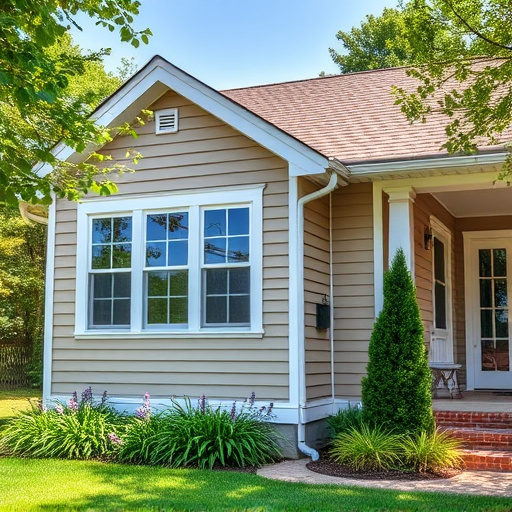
When considering a siding upgrade, understanding fire-resistant materials is paramount for creating a safer home or commercial space. Fire-resistant siding isn’t just about aesthetic appeal; it’s a crucial defense against potential hazards. These materials are designed to slow down the spread of fire and provide enhanced protection for structures and their occupants.
Fire-resistant siding options range from traditional materials like brick and stone to modern, innovative products tailored for specific needs. Fiber cement, for instance, is a popular choice due to its exceptional durability and resistance to both fire and moisture. Other options include specialized composite materials infused with fire-retardant chemicals and metal siding with high thermal ratings. Home exterior services professionals can guide you in selecting the most suitable fire-resistant siding for your property, offering tailored solutions whether for a residential or commercial siding upgrade.
Installation Best Practices for Enhanced Safety
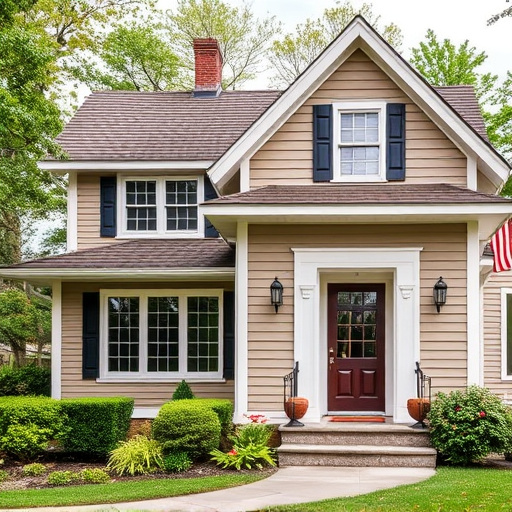
When upgrading your home’s exterior with fire-resistant siding, proper installation is key to enhancing safety and ensuring longevity. Start by preparing the surface, removing any loose debris or existing materials. This step is crucial for a solid foundation, allowing new siding to seamlessly attach and create an effective barrier against flames. Use high-quality connectors and fasteners designed for fire-resistive applications; these specialized tools create a stronger bond, preventing siding from detaching during a fire event.
Professional siding installation should follow strict guidelines. Gaps or misalignments can compromise the entire system. Ensure precise measurements and fit, sealing any joints with recommended products to prevent air and flame infiltration. Regular inspections after installation are beneficial, especially in areas prone to wildfires. Promptly addressing any issues guarantees the continued effectiveness of your fire-resistant siding, providing peace of mind for commercial siding or roof repair needs.
Benefits and Longevity of Upgrading to Fire-Resistant Siding
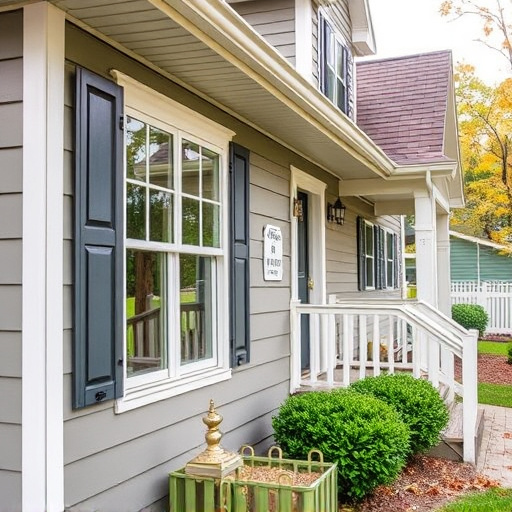
Upgrading to fire-resistant siding offers a multitude of benefits for homeowners seeking enhanced safety and property protection. In regions prone to wildfires, this measure can significantly reduce the risk of structural damage or loss. Fire-resistant materials are designed to slow down the spread of flames and heat transfer, providing critical time for residents to evacuate safely. This is particularly crucial in residential areas where close proximity to wildland interfaces poses a constant threat.
Moreover, investing in fire-resistant siding can contribute to the longevity of your home’s exterior. These advanced materials are built to withstand extreme temperatures and harsh weather conditions, ensuring they remain intact and functional for years to come. Unlike traditional siding options that may require frequent replacement due to deterioration or damage, fire-resistant varieties offer a cost-effective solution in the long run. A siding upgrade to fire-resistant options, coupled with proper residential roofing and siding installation, can enhance the overall durability of your home’s exterior, protecting it from potential hazards and ensuring peace of mind for years to come, including effective management of siding and gutters.
When considering a siding upgrade, prioritizing fire resistance offers not only enhanced safety but also longevity for your home. By understanding the materials and best installation practices discussed in this article, you can make an informed decision that protects your property from the devastating effects of fire. A fire-resistant siding upgrade is a smart investment that ensures peace of mind and safeguards your loved ones, making it a worthy addition to any home improvement project.

